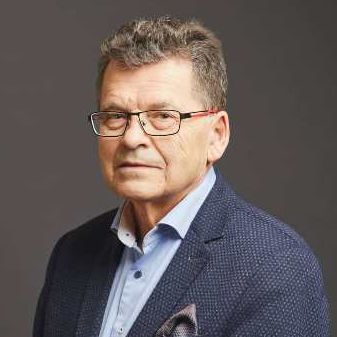Topic Editors



Interior Design towards the Sustainable Environment: People, Environment, Design, Technology
Topic Information
Dear Colleagues,
Interior architecture and new paradigms in the realm of sustainable environment pose new challenges to designers and outline novel areas for research. We would like to invite you to report upon your insights into this subject considering the following four areas of interest.
People. Spaces within architectural interiors should be designed to support its occupants’ both mental and physical well-being:
- Research on spatial solutions that keep the inhabitant in good health: interior space as a basic health preservation tool;
- Ergonomic studies and experiments on qualitative and quantitative universal and inclusive interiors for people with disabilities;
- Research and design that foster the virtue of sleep (dynamic lighting), daily rhythm maintenance and colour therapy (chromotherapy);
- Model and simulation studies that guide safety solutions;
- Model research for solutions that create mental comfort and promote a sense of belonging and happiness.
- Experimental and qualitative research on natural and traditional materials, and their application in architectural interiors;
- Experimental and qualitative research on low-energy production and recycled materials, and their application in architectural interiors;
- The concept of reuse and recycling elements that have been recovered in novel contemporary interior design case studies.
- Research on the spatial concepts of sharing: co-working and co-housing;
- Research on new time and spatial strategies: the arrangement of jobs and residences in the context of social and cultural changes, such as the expansion of remote work;
- Application of visual perception analysis: for example, using the eye tracking technique in interior architecture research, and the application of specific research techniques, such as encephalography;
- Structural and functional analyses: optimal distribution of functional areas, the space model, the distribution of activity and the analysis of the neighbourhood of rooms, and the distribution of focused components in workspaces.
- Research on the implementation of dynamic furniture, and high-tech solutions in experiments on furniture, prototypes and analysis;
- Modelling, qualitative research, and experimental solutions regarding domotics and techniques that aim to provide services to interior users;
- Technical Equipment: HVAC, water–sewage installations, electrical and gas installations.
Prof. Dr. Oleg Kapliński
Prof. Dr. Agata Bonenberg
Prof. Dr. Jan Słyk
Prof. Dr. Wojciech Bonenberg
Topic Editors
Keywords
- universal and inclusive interiors
- health prevention, user safety
- fast fashion phenomenon and ecology
- low-production-energy materials
- reuse and recycling
- new time and spatial work organization strategies
- structural and functional analyses of interiors
- high-tech and domotics solutions
- ergonomics
- technical equipment (HVAC)
Participating Journals
| Journal Name | Impact Factor | CiteScore | Launched Year | First Decision (median) | APC | |
|---|---|---|---|---|---|---|

Architecture
|
- | - | 2021 | 26.4 Days | CHF 1000 | Submit |

Buildings
|
3.8 | 3.1 | 2011 | 14.6 Days | CHF 2600 | Submit |

Energies
|
3.2 | 5.5 | 2008 | 16.1 Days | CHF 2600 | Submit |

International Journal of Environmental Research and Public Health
|
- | 5.4 | 2004 | 29.6 Days | CHF 2500 | Submit |

Sustainability
|
3.9 | 5.8 | 2009 | 18.8 Days | CHF 2400 | Submit |

MDPI Topics is cooperating with Preprints.org and has built a direct connection between MDPI journals and Preprints.org. Authors are encouraged to enjoy the benefits by posting a preprint at Preprints.org prior to publication:
- Immediately share your ideas ahead of publication and establish your research priority;
- Protect your idea from being stolen with this time-stamped preprint article;
- Enhance the exposure and impact of your research;
- Receive feedback from your peers in advance;
- Have it indexed in Web of Science (Preprint Citation Index), Google Scholar, Crossref, SHARE, PrePubMed, Scilit and Europe PMC.


